Although even the experts can’t agree on the true cost of employee attrition, they all agree that it represents an unnecessary burden on an organization’s profitability. Estimates vary from 20 percent all the way to 150 percent of a mid-level employee’s annual salary. Most HR professionals, though, place the cost to replace a mid-level employee at around two-thirds of his or her salary.
These figures all rise significantly as the complexity of the employee’s role rises. For executive level employees, the lowest estimate is 200 percent of the employee’s annual income. What is the main factor influencing these costs? Recruitment costs are not that high. No, the main factor in determining cost is the time it takes to bring a new employee up to speed.
The Real Cost of Attrition
Ignoring the cost of recruitment — advertising, sifting through résumés and applications, interviewing candidates, conducting background checks — losing an employee comes with numerous less-definable costs. These include lost productivity due to the time it takes for a new employee to reach the productivity level of his or her predecessor. HR pros put this ramping up period at a minimum of one year.
You also have direct and indirect training costs. The direct cost is, of course, in training the actual employee. Indirect costs refer to the employees conducting this training. Essentially, you have two people doing the job of one person, with the trainer unable to perform his or her regular job at full capacity.
Collectively, these costs reflect the lost knowledge of your former employee, or IP loss. Long after you’ve paid the cost of recruiting and hiring a new employee, you continue paying the cost of losing that employee’s knowledge and experience.
Engaged Employees Are Happy Employees
The first step to lower attrition rates, and therefore lower attrition costs, is to create an environment in which employees feel engaged and valued. Studies prove, repeatedly, that this does not necessarily equal a fatter paycheck. Rather, nearly every study reveals that employees want to work in a collaborative environment, one in which their ideas are heard and respected. The research says that engaged employees are less likely to leave their employer, and they provide greater contributions than disengaged employees do.
Knowledge networks create that engaging employee culture in which employees thrive, working in an environment of cooperation and peer-to-peer learning. With EdCast, employers and teams have the ability to create knowledge networks around a variety of subjects and topics. Networks may remain internal, or organizations may expand beyond their walls to take advantage of a world of learning and collaborative efforts.
Benefits of Knowledge Networks
Knowledge networks create environments in which users share their experience, information, and knowledge, so that each member benefits from the collective wisdom and experience of the group. Across the world, organizations such as the World Health Organization use knowledge networks to address issues on a global scale. On an individual level, members use knowledge networks to grow industry knowledge on a wide range of topics in science, technology, sales, education, and much more.
Organizations create training networks integrating mobile, social, and cloud-based learning technologies that harness the power of collaborative, peer-to-peer learning. Participants increase their knowledge and grow new skills with easily digestible, bite-sized content. The result is deeper engagement with the company and greater job satisfaction as employees reach professional goals more quickly and easily through continuous professional development.
What Happens When Employees Leave?
No matter how engaging and supportive a work environment you create, employees eventually leave. This is not necessarily bad, and in some instances, it is the best scenario for both the employee and the employer. New employees bring new ideas, new insights, and new talents to your organization. Therefore, while high attrition is detrimental for your company, a low level of attrition creates a net positive outcome. What’s more, if your organization utilizes knowledge networks, it minimizes the knowledge base lost when an employee exits the company.
Employee-driven training and professional development removes some of the training burden traditionally placed on other employees. EdCast’sSmartBites, curated daily, provide employees instant access to subject matter experts and thought leaders, dramatically reducing ramp-up time for new employees. Your new hires benefit from the shared knowledge of the network, including the experience and expertise of the former employee.
Bringing It All Together
No matter how you calculate it, attrition is expensive. The first step to lowering that cost is creating a collaborative, supportive working environment that engages your employees. People who feel valued by their employer, who enjoy the benefit of continual learning and collaborating with peers, feel little need to look for employment elsewhere. EdCast’s training and knowledge networks help create the collaborative environment in which employees thrive. Employees reach their career goals while their improved contributions help the organization reach its goals. When an employee does move on, the knowledge network brings new talent up to speed quickly.

